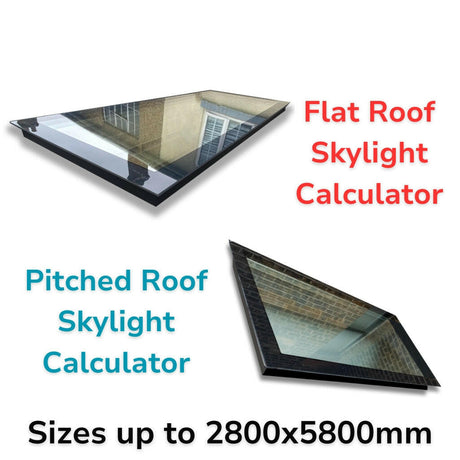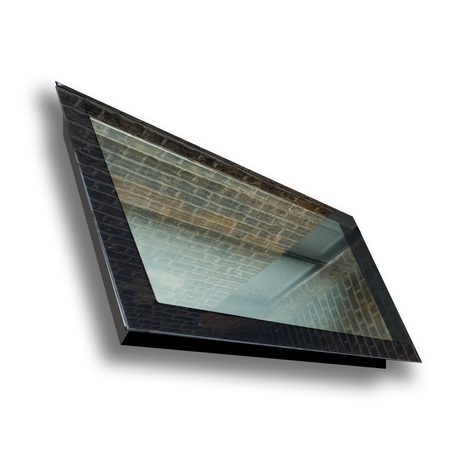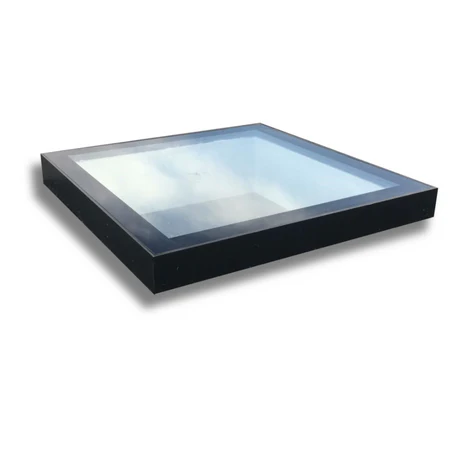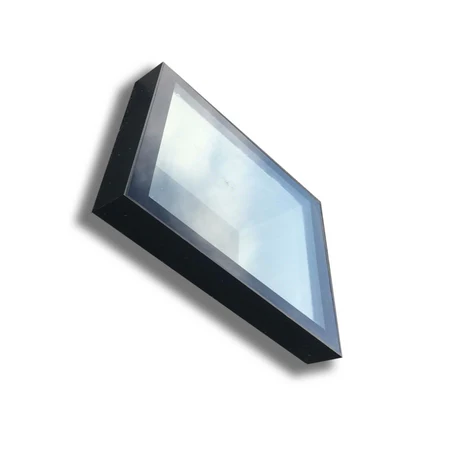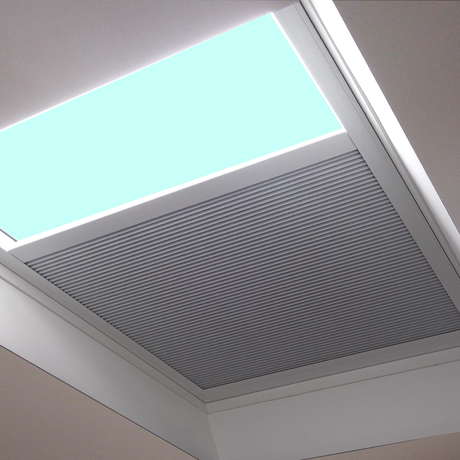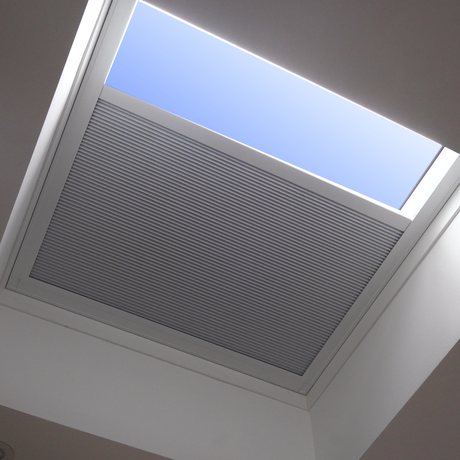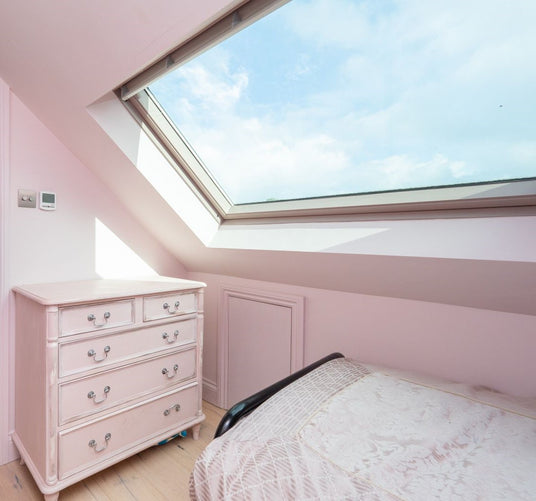
Understanding Sun Paths
The first step in skylight placement is understanding the path of the sun over your home.
- Skylights facing north provide steady, diffused light throughout the year, minimising glare and heat gain.
- South-facing skylights capture more sunlight in winter, offering passive solar heating benefits, but may require shading solutions in summer to prevent excessive heat.
- East-facing installations catch the morning sun, perfect for kitchens and breakfast nooks.
- West-facing skylights capture the warm afternoon light, ideal for living rooms used more in the latter part of the day.
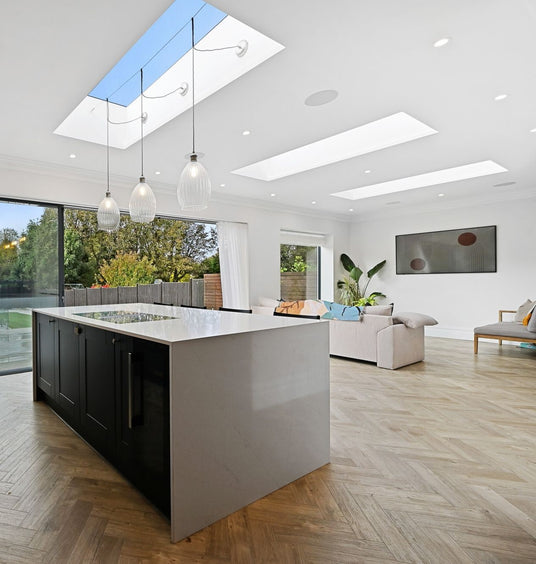
Architectural Considerations
The structure of your home significantly influences skylight placement. Factors like roof pitch, the direction of roof ridges, and potential obstructions (both internal and external) must be considered.
For homes with attic spaces, the placement also depends on whether you're willing to add a chase to direct light into the living space below. Consulting with a professional can help identify structural sweet spots for skylight installation that you might overlook.
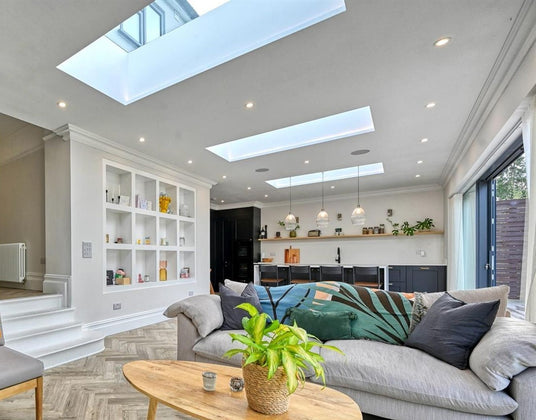
Balancing Light with Interior Design
Skylights should complement the design and function of the rooms they illuminate.
In living rooms, placing skylights above seating areas or focal points can create dynamic lighting effects and highlight architectural or design features.
In workspaces or studios, consider skylight placement that maximises usable light without causing glare on screens or work surfaces.
The goal is to enhance the room’s functionality and aesthetic appeal simultaneously.
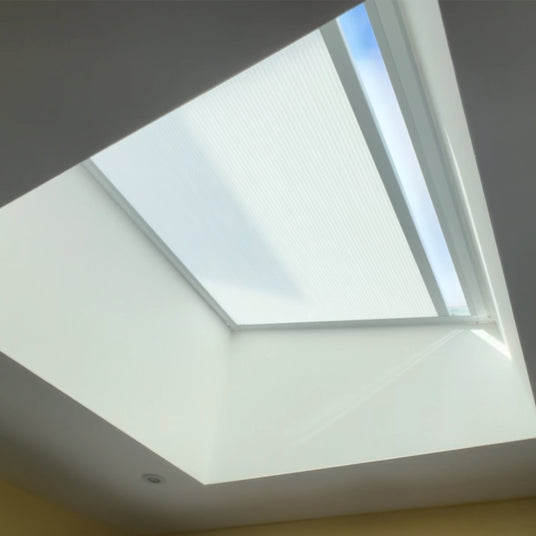
Energy Efficiency and Comfort
The location of a skylight affects a room's temperature and energy efficiency.
For instance, a skylight placed directly above a kitchen island can provide excellent natural light for cooking tasks but might introduce unwanted heat in the summer, affecting comfort and air conditioning costs.
Options like skylights with built-in blinds or shades, can mitigate these issues while still providing the benefits of natural light.
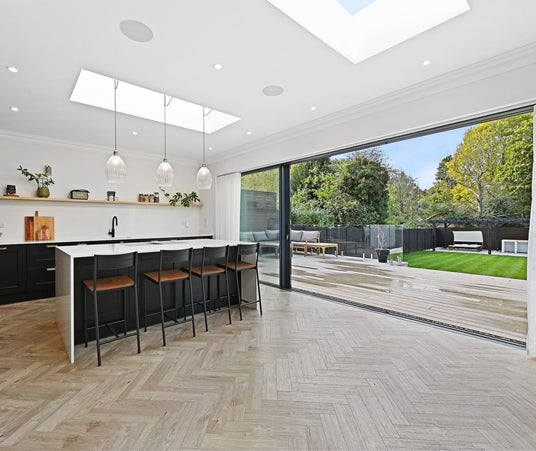
Zoning and Layering Natural Light
To create a well-balanced lighting scheme, consider how skylights can work with other windows and light sources.
Skylights can be used to bring light into darker areas of a room that windows don’t reach, effectively zoning and layering natural light for a more evenly lit space.
This strategy not only improves the ambiance but also reduces the need for artificial lighting, contributing to energy savings.
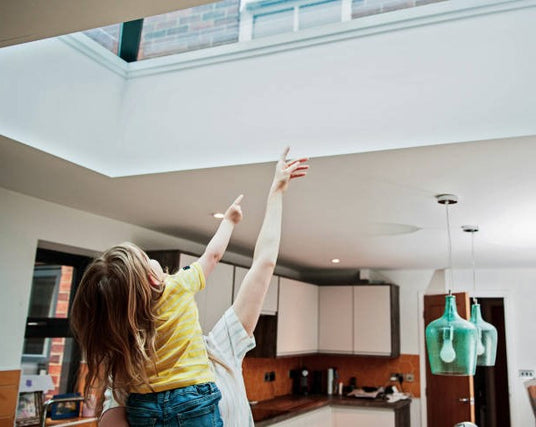
The Impact on Well-being
Beyond aesthetics and energy efficiency, the placement of skylights impacts the well-being of those living in the home.
Natural light has been shown to boost mood, improve sleep patterns, and even increase productivity.
By thoughtfully positioning skylights to enhance the quality and quantity of natural light in living spaces, you can create a healthier environment for yourself and your family.

